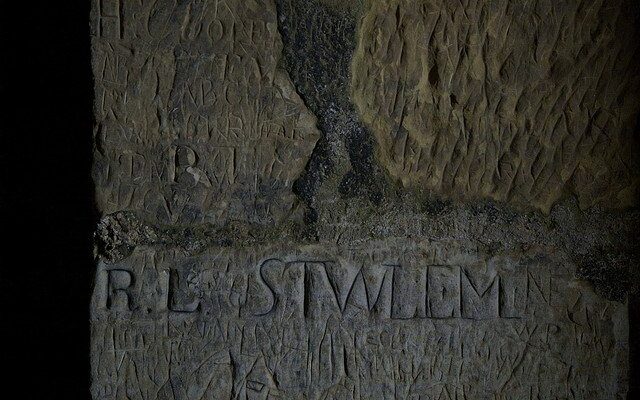Bodiam Castle
Bodiam Castle is a medieval fortress and one of the architectural jewels of Southern England. It is located within East Sussex, close to the Kent border. There is picturesque countryside surrounding Bodiam Castle. Green parkland is interspersed with old oak trees, and small villages with churches are surrounded by spacious vineyards.
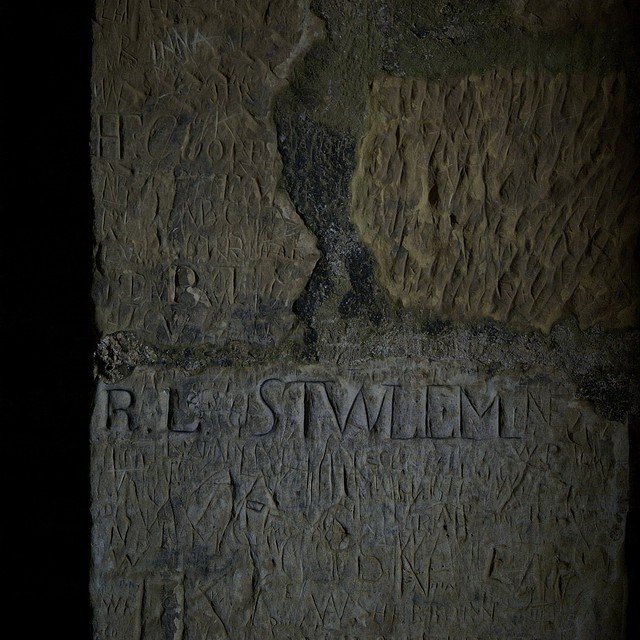
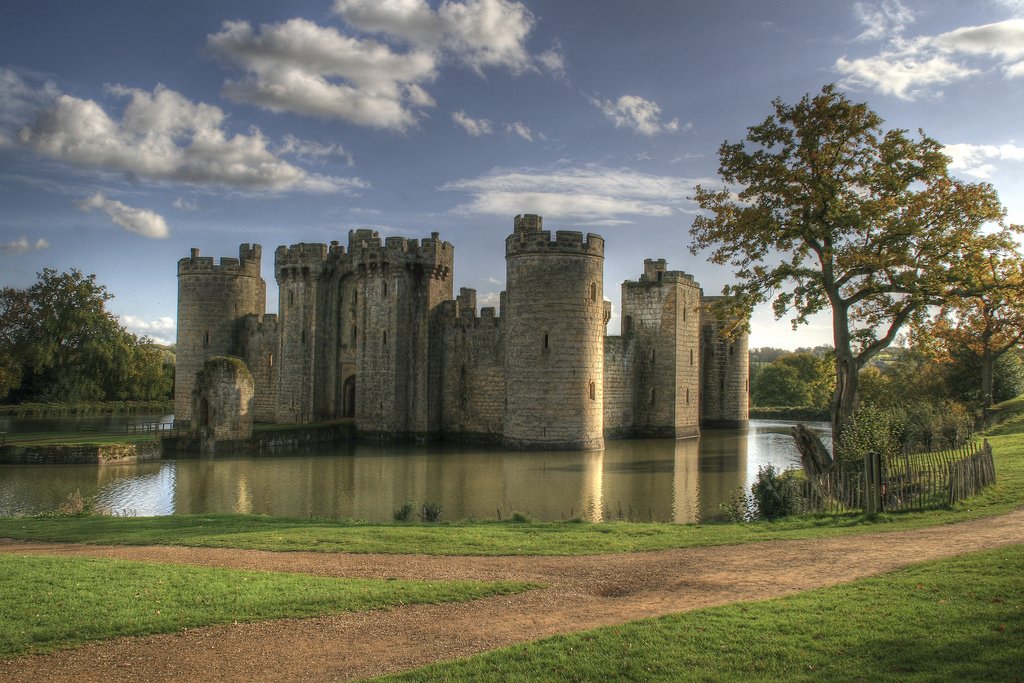
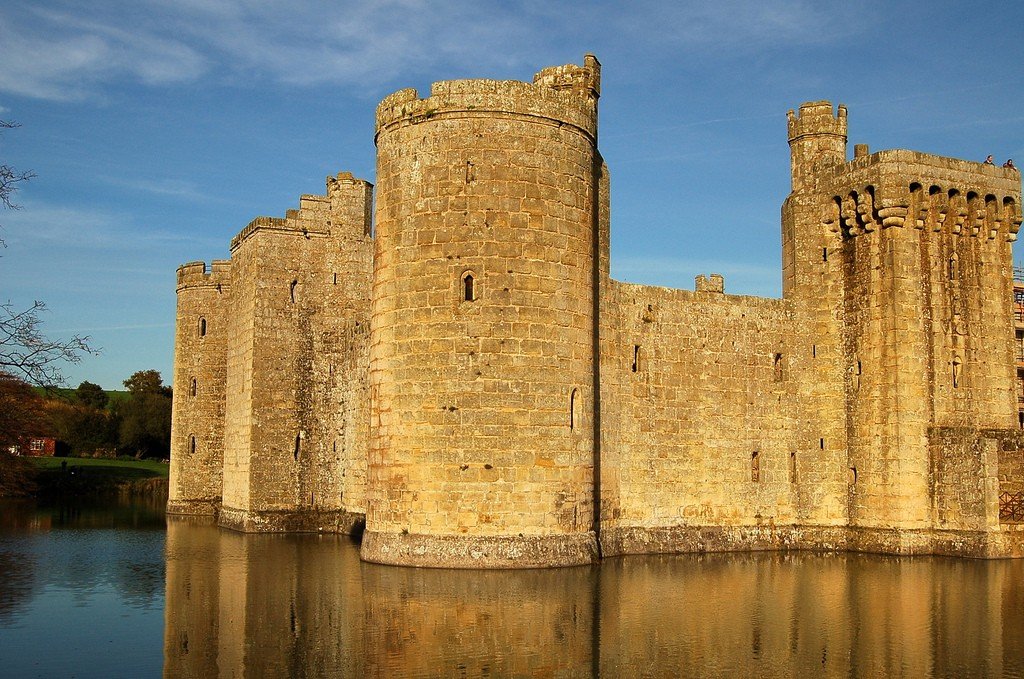
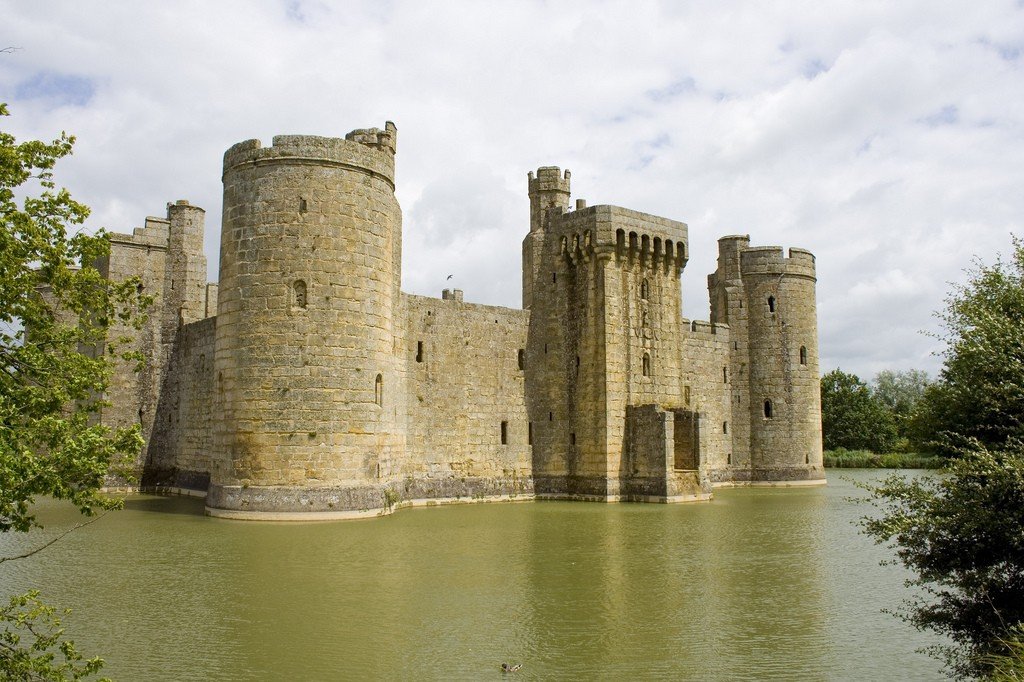
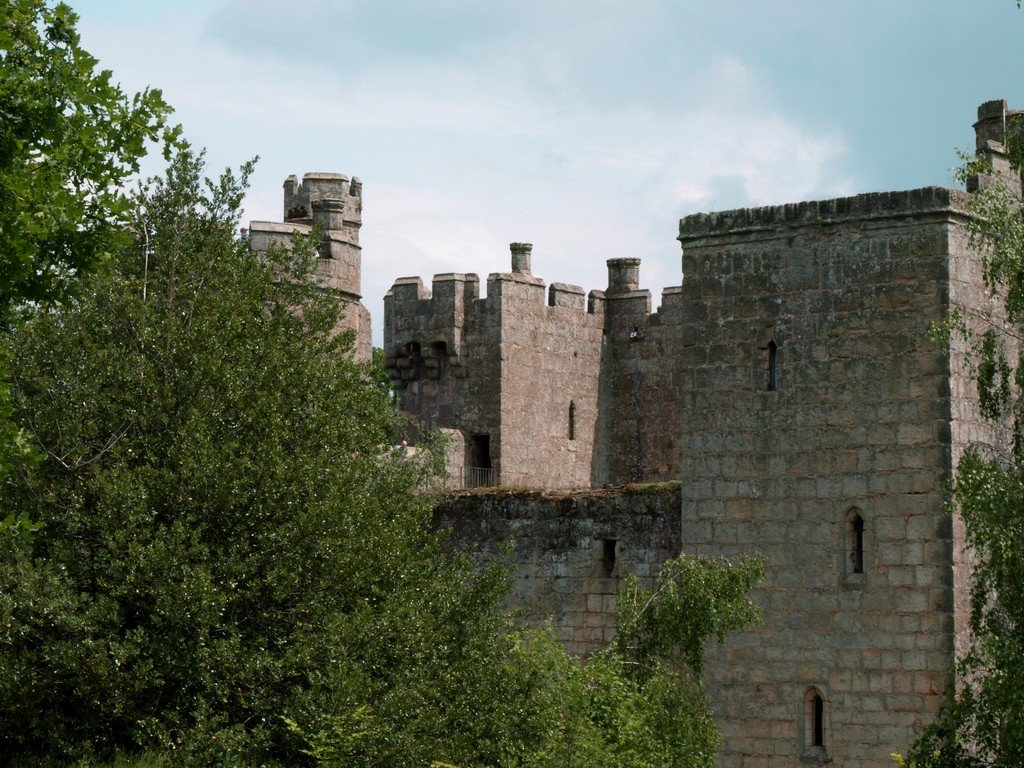
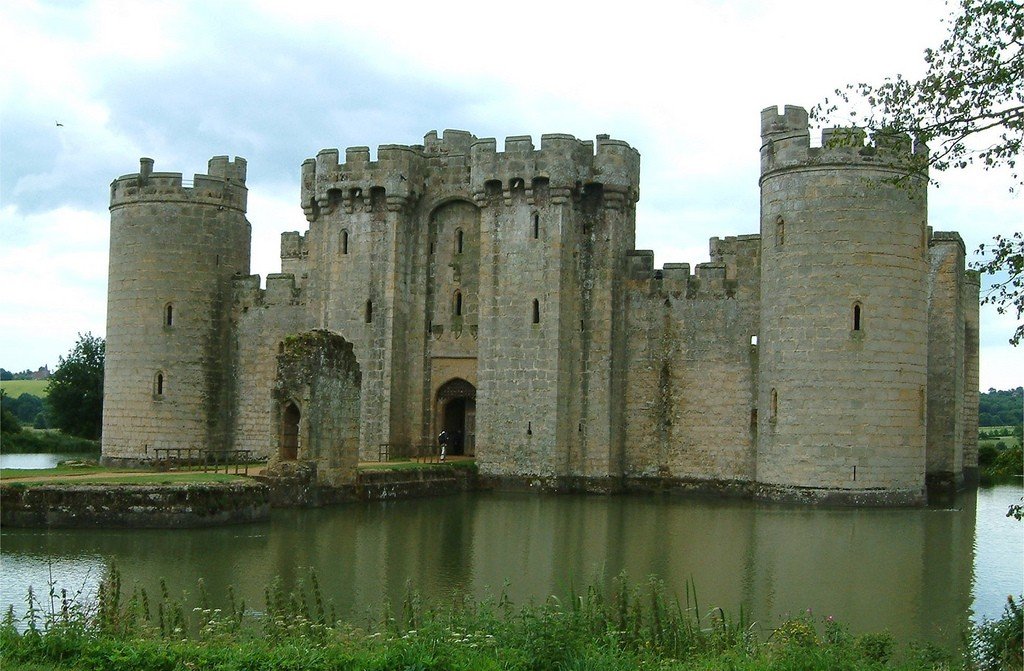
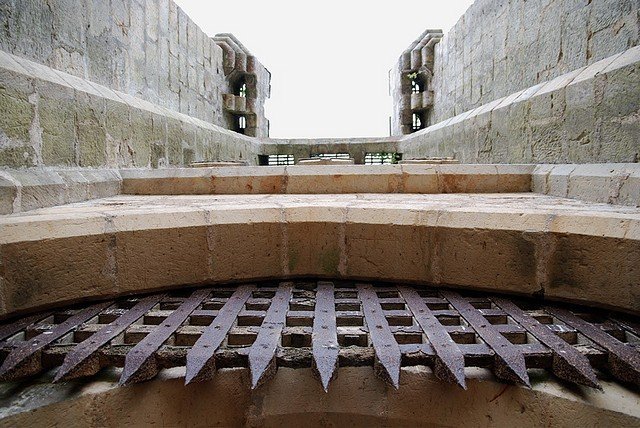
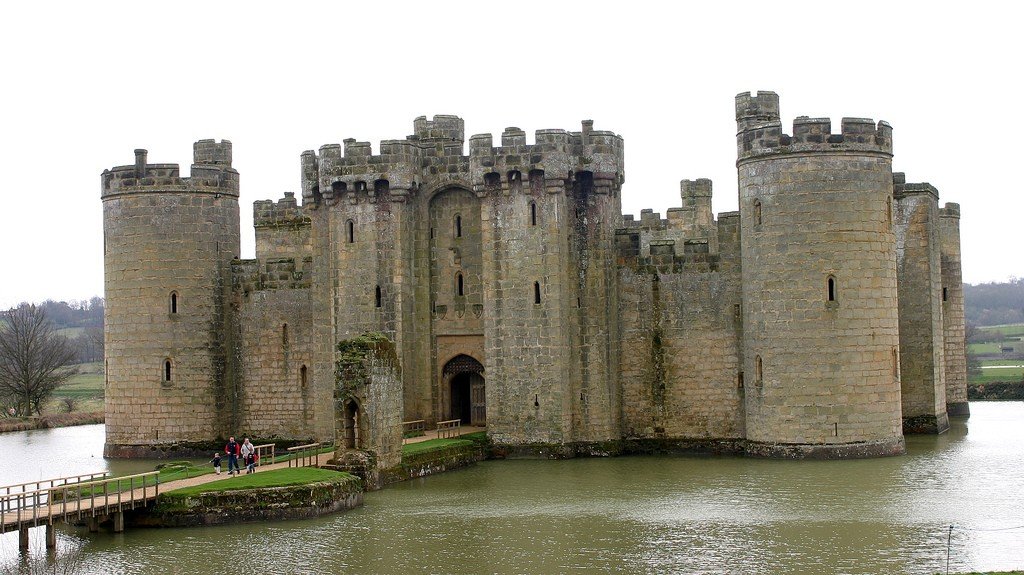
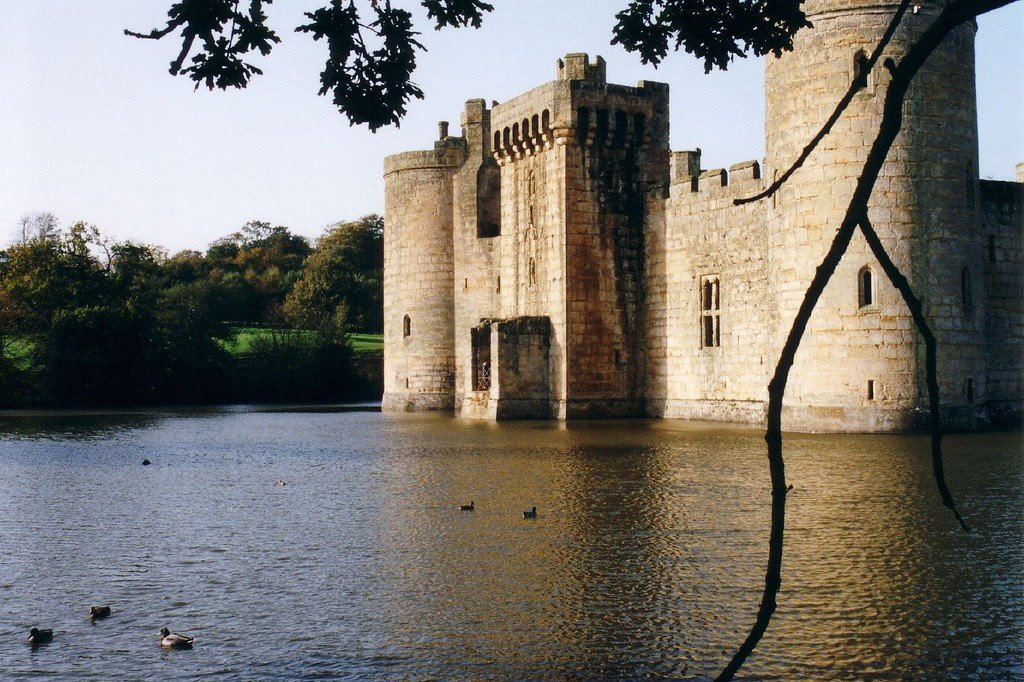
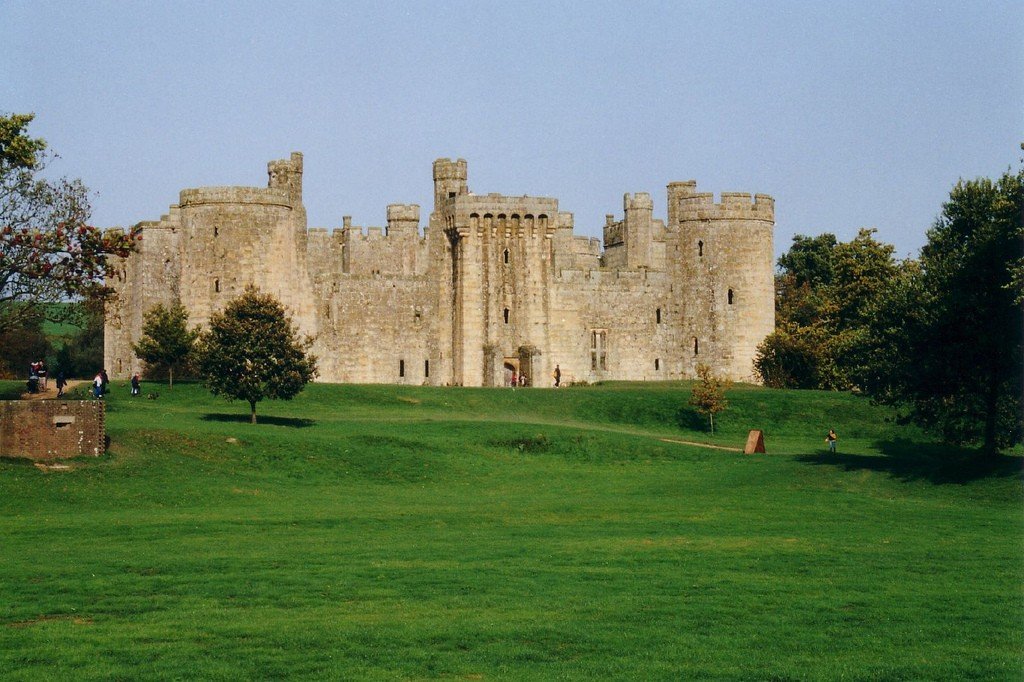
Video: Bodiam Castle
ContentsGeneral Information
The fortress was built in the XIV century to protect the southern coast of the country from the raids of enemies – French raiders and pirates. The ancient buildings are located in the middle of a quadrangular moat filled with water, and it seems as if they grow out of the water surface. Bodiam Castle has a characteristic architecture of the 14th century. It is fortified with a high stone wall and towers. The entire structure is set back from the shoreline, and to get to the entrance gate, tourists must walk across bridges built over the water.
.The castle buildings are in good condition. The outer castle wall, most of the towers and part of the interior have been completely preserved. Particularly impressive is the ancient vacation grating on the main gate.
Tourists
On the grounds of Bodiam Castle you can see an exhibition on its history and most notable owners. Several times a year the castle hosts historical festivals, jousting tournaments and family celebrations.
.
For tourists, Bodiam Castle is open daily from 10.30 to 17.00. In winter time it is closed a little earlier – with sunset. Entrance to the territory is paid. For travelers work cafe and store.
.History of Bodiam Castle
In 1385, during the Hundred Years’ War, Sir Edward Dalingridge, a descendant of an old noble family, was very concerned about the safety of his land holdings. England expected to be attacked by the French from the south, so the nobleman received permission from the king to fortify the estate. Taking advantage of this, Dalingridge built Bodiam Castle.
In 1483, the castle became the property of the Leucknor family. The Civil War, which went down in history as the War of the Roses, was underway. The Leuchnors opposed the Royalists and their estate was besieged by the forces of King Richard III. The king’s supporters managed to capture the fortifications, but they were returned to the Leuchnors again in the 1500s..
Throughout its history Bodiam Castle has passed from one owner to another. From the 17th century onwards it began to deteriorate badly. Year after year, the locals used the stones from the walls and towers for their needs, so by the beginning of the XIX century the buildings turned into ivy-covered ruins. The county authorities even raised the question of demolishing the ancient castle.
.
In 1815, the owner of Bodiam Castle became the scandalous John Fuller, who was called “Mad Jack”. For unworthy behavior Fuller was deprived of the opportunity to sit in Parliament, but in the fate of the ancient buildings, the new owner played a positive role and saved the medieval monument from oblivion. He carried out extensive repairs to the fortress, completely restored one of the towers and built a new gate.From 1925 to the present day, Bodiam Castle has been owned by the National Trust, an organization dedicated to the preservation and restoration of Britain’s architectural monuments. Thanks to the funds allocated, the medieval building is still maintained in very good condition.
.Features of the architecture
Today, Bodiam Castle is one of the few surviving classical English castles. It is quadrangular in plan and has a spacious courtyard enclosed by a castle wall. At the corners of the castle are round towers topped with merlons or battlements, which helped its defenders to shelter from gunfire. To the south, east and west of the wall are square-shaped towers.
The main entrance to the castle grounds is between two gate towers on the north side. The family crests of the owners are visible above it, and central among them is the Dalingridge coat of arms.
.
How to get there
Bodiam Castle is located in the village of Bodiam, near the River Rother. It can be reached by the #349 bus service, which runs from Hastings to Hawkhurst. Those who want to reach the castle by car should leave Tunbridge Wells or Hastings on the A21. From Hurst Green, Bodiam Castle is about 5 km in an easterly direction.
.